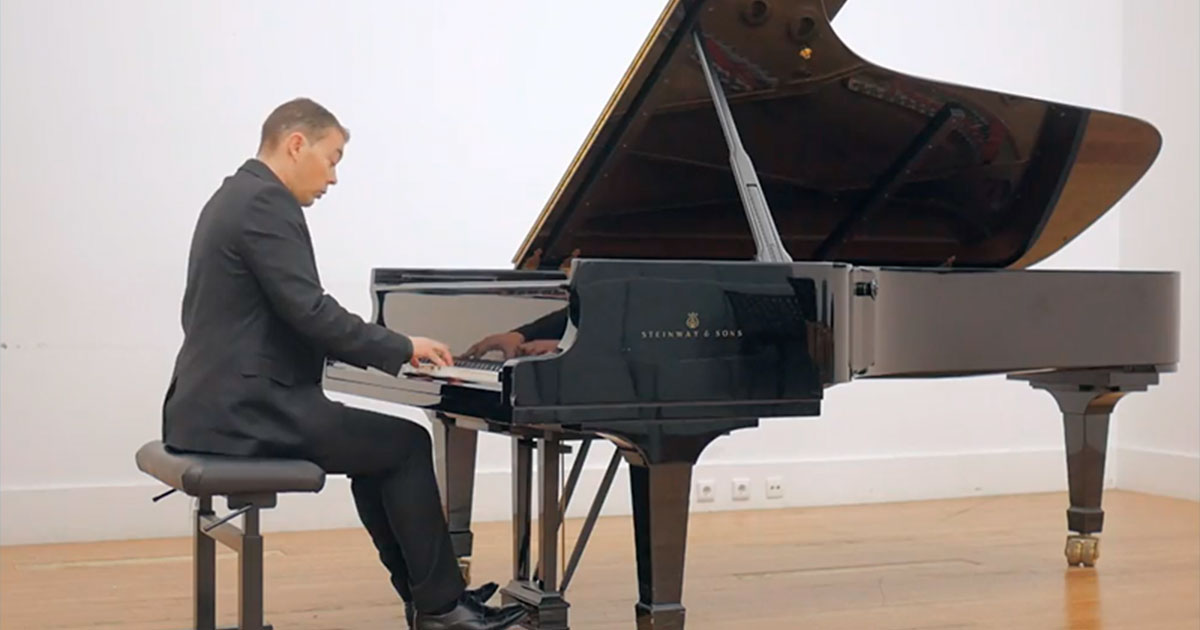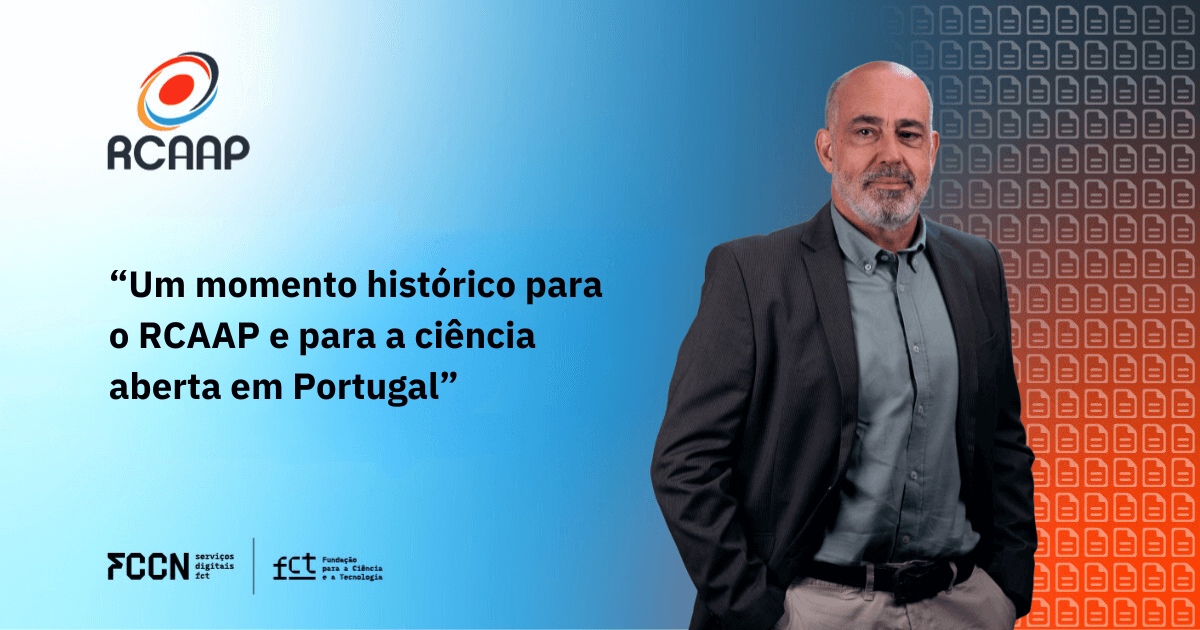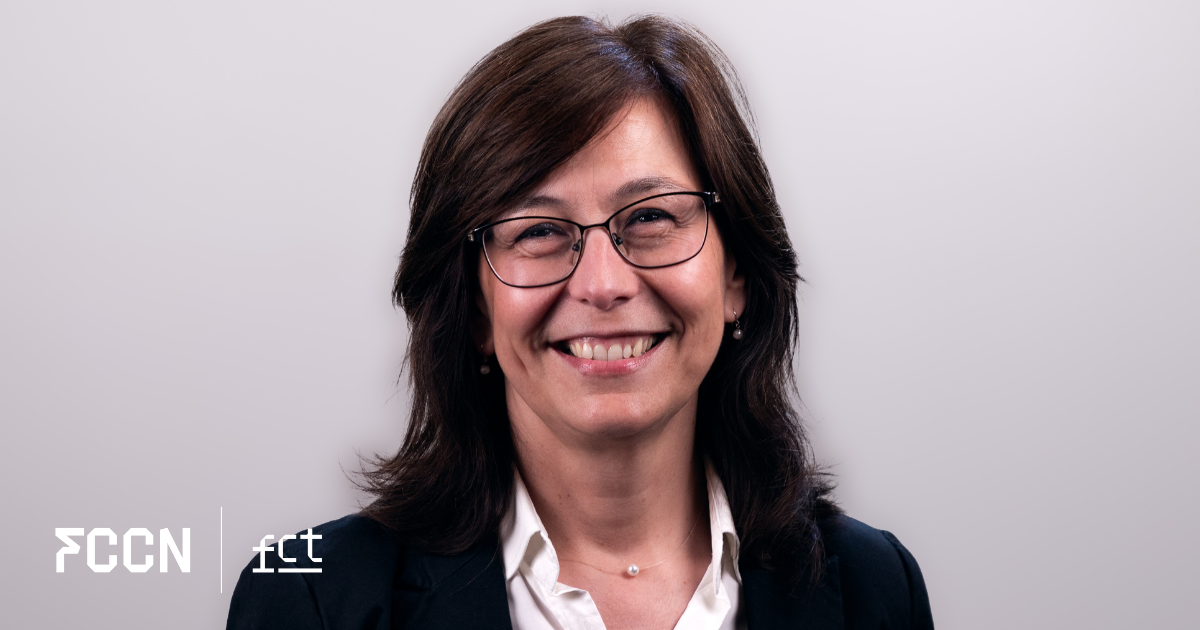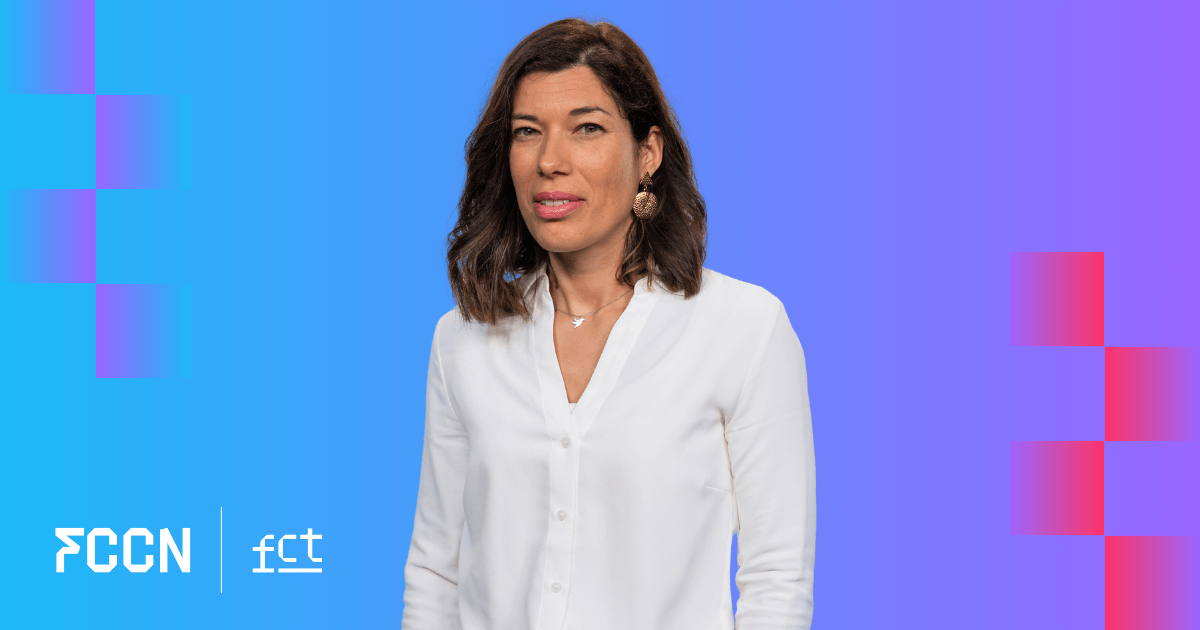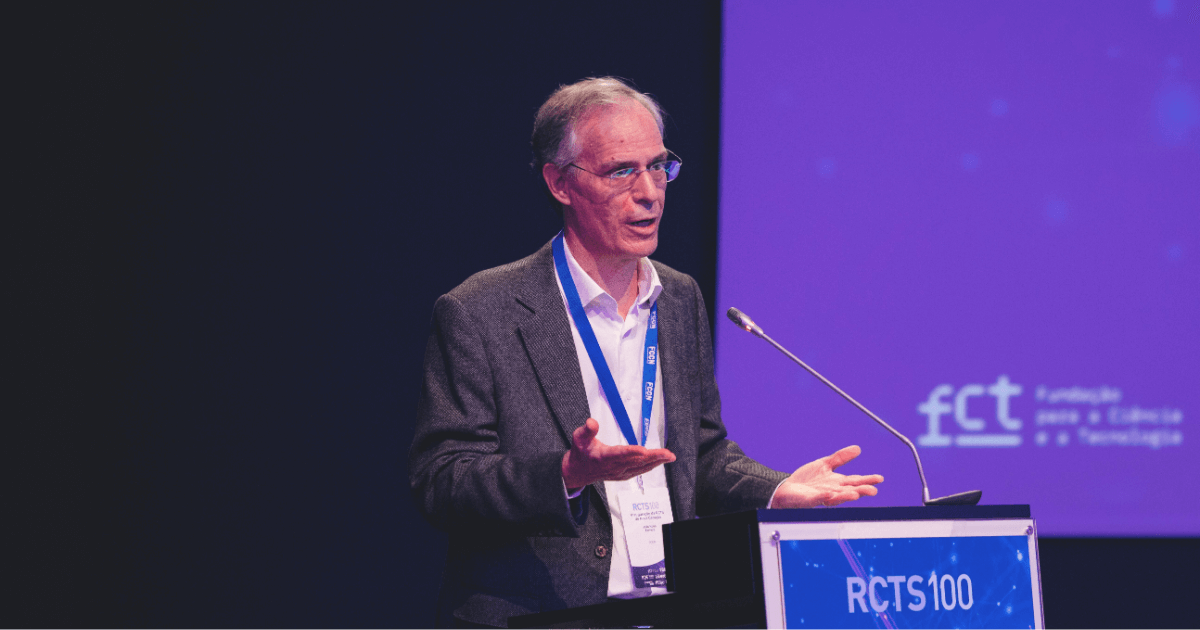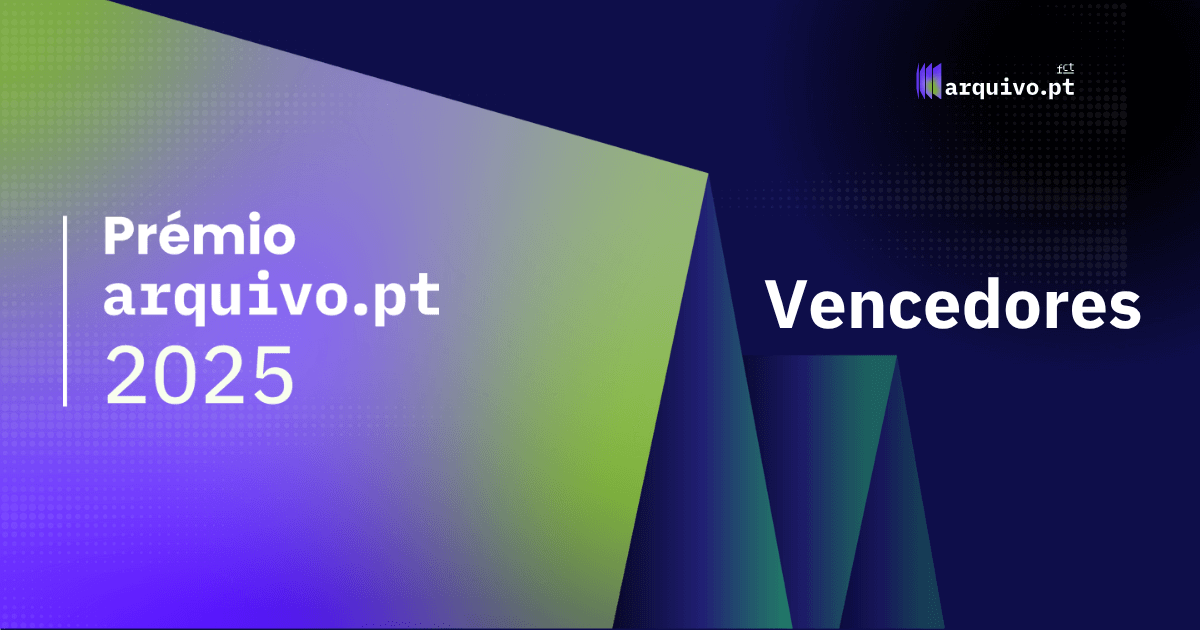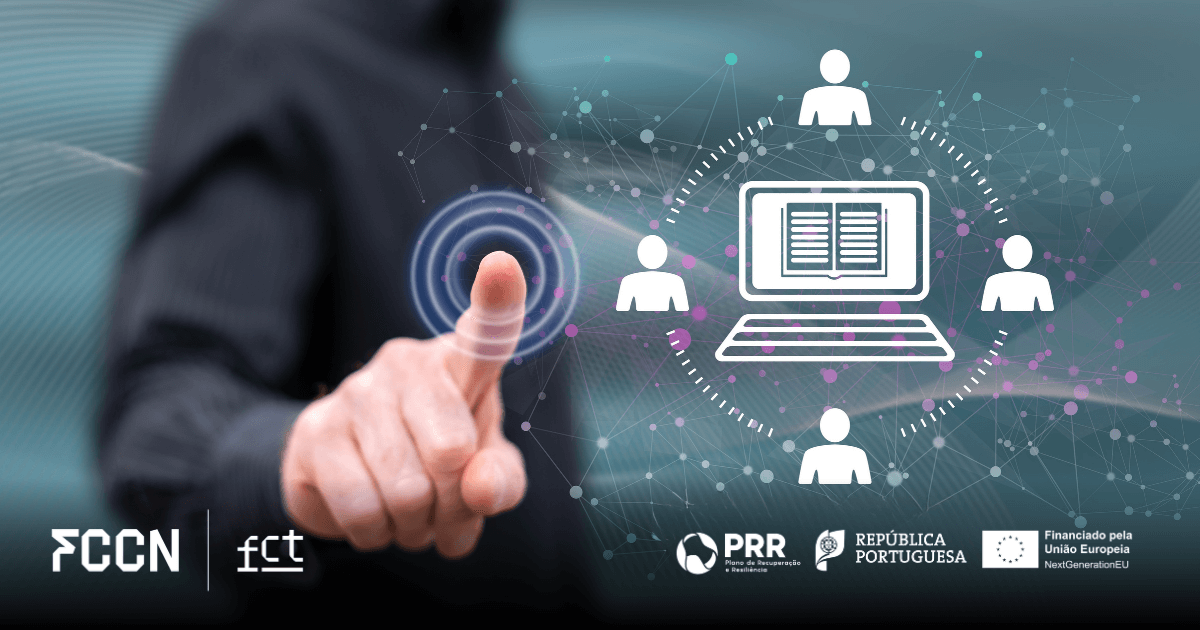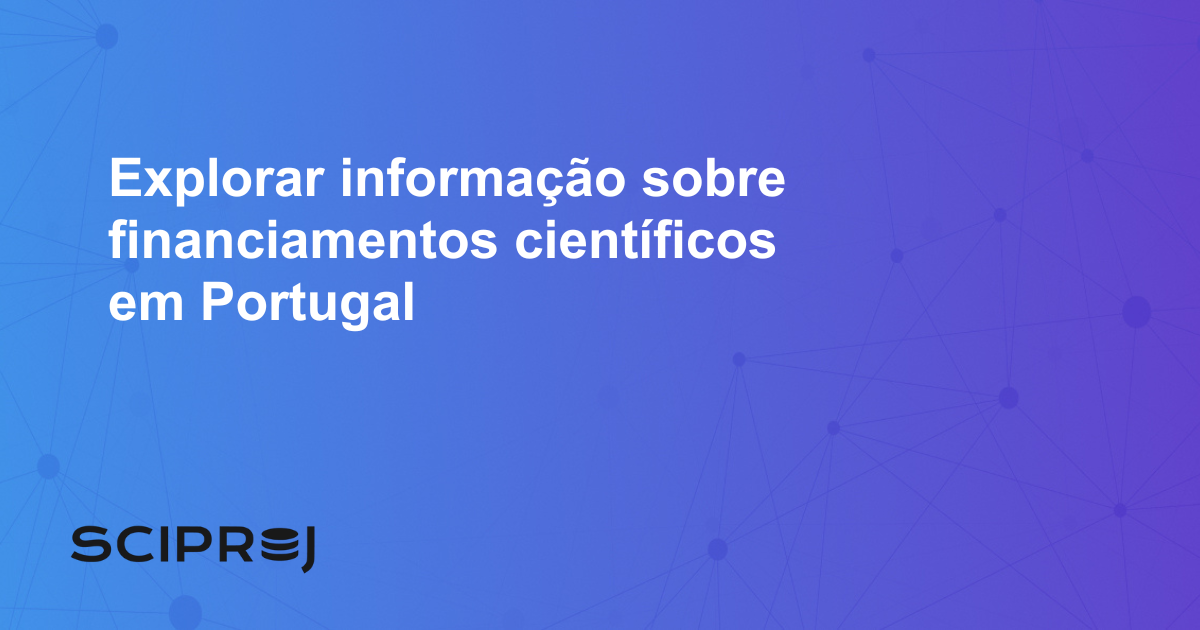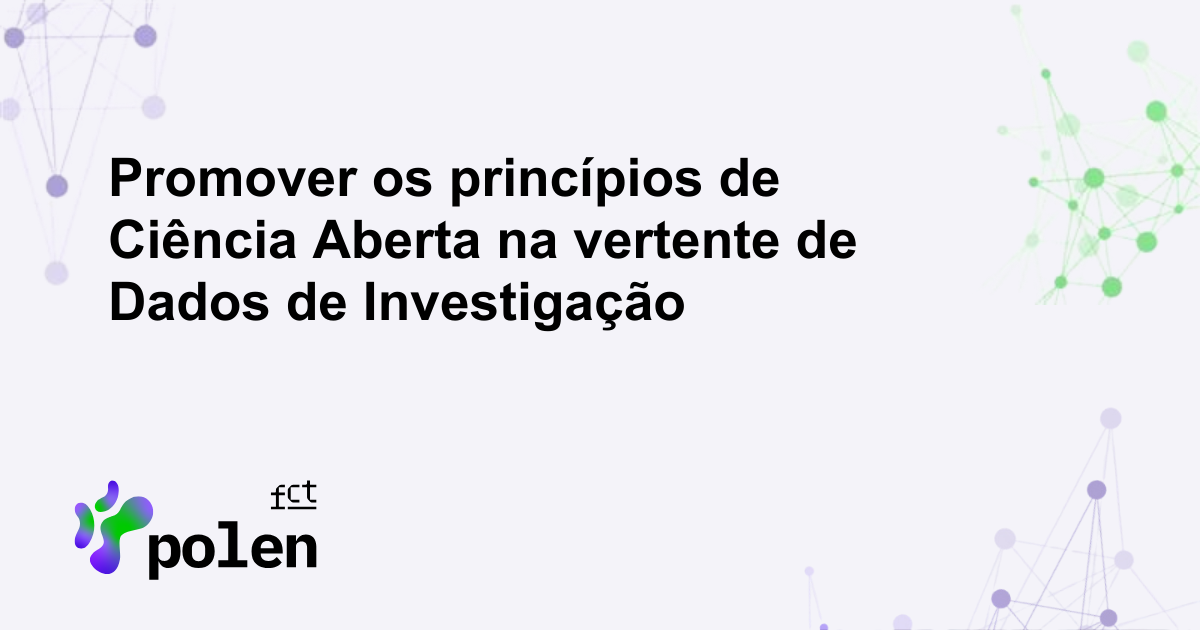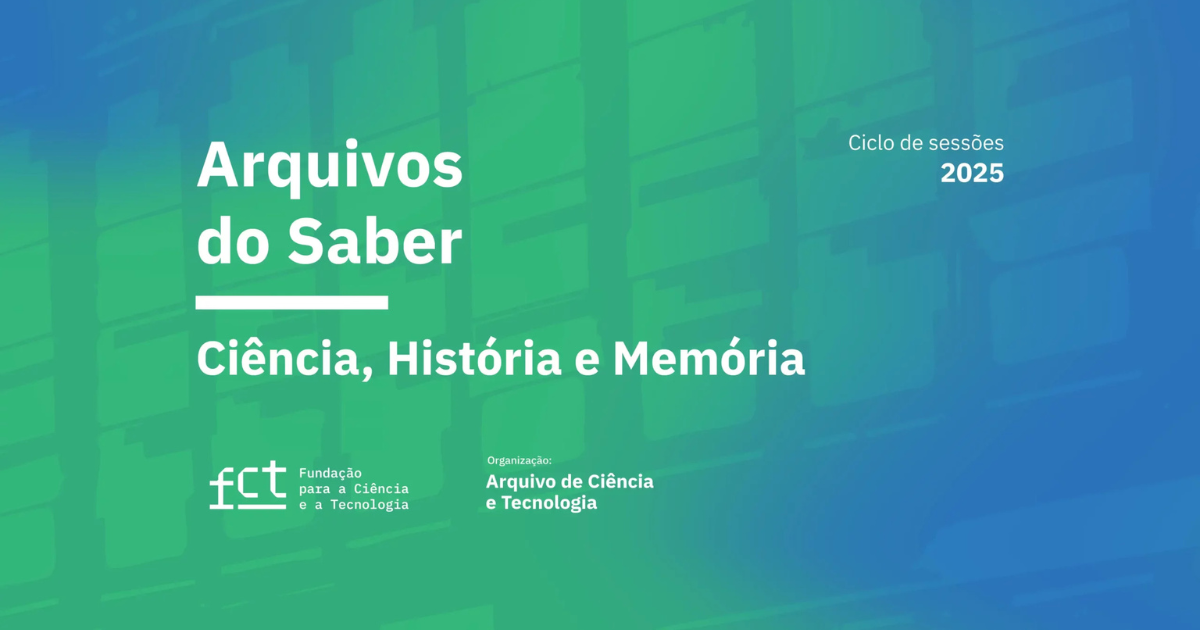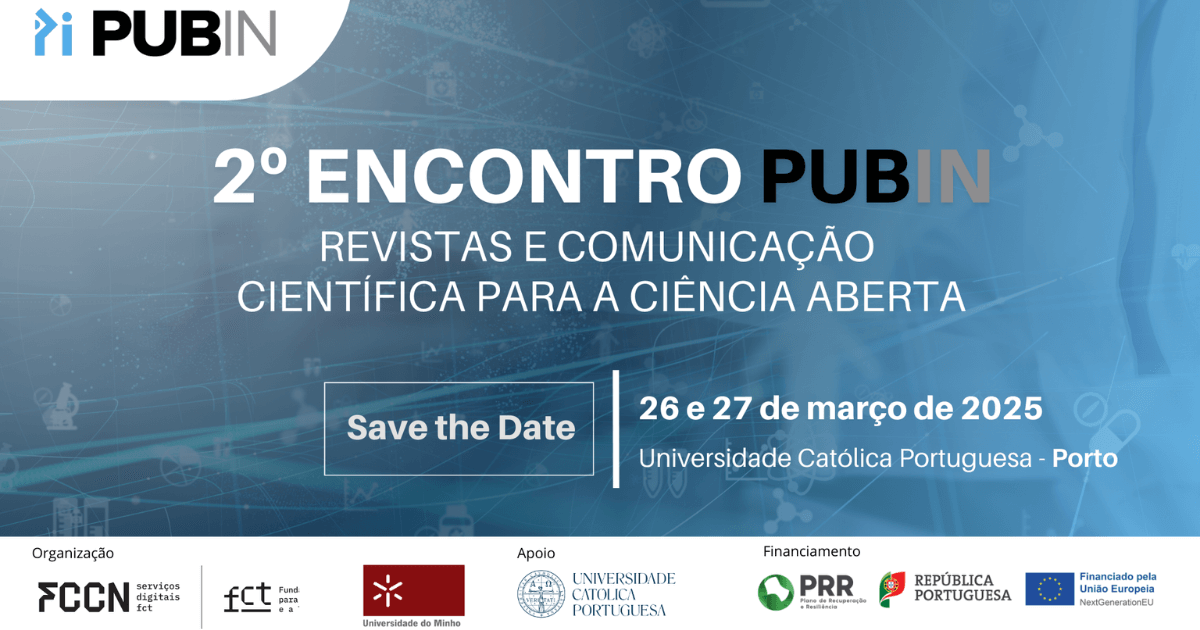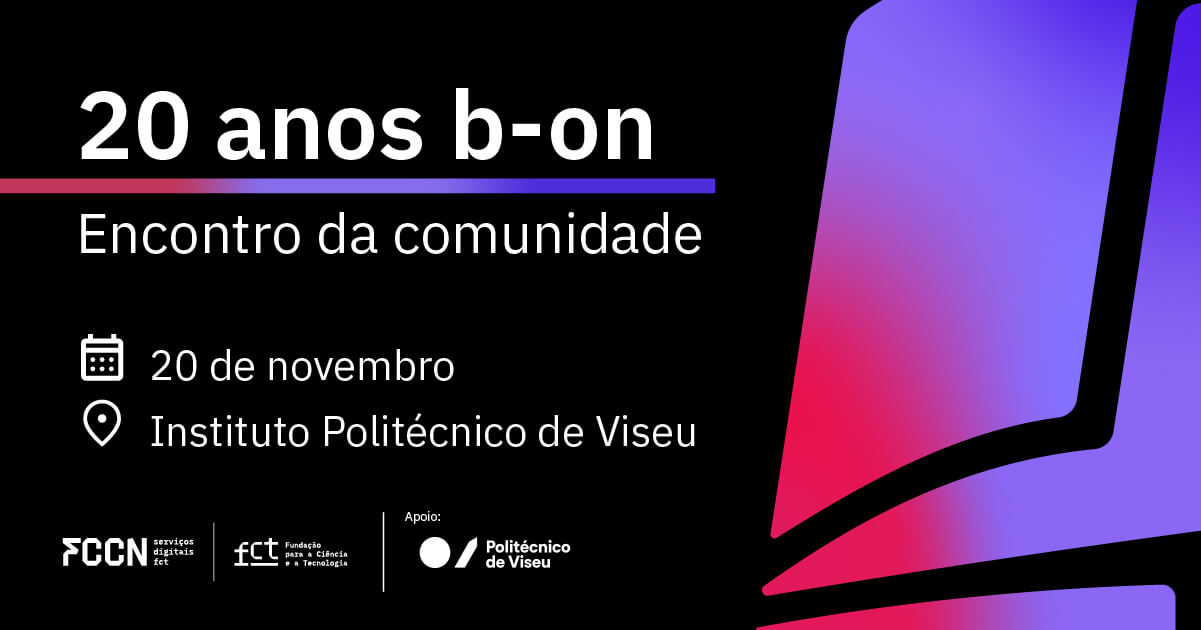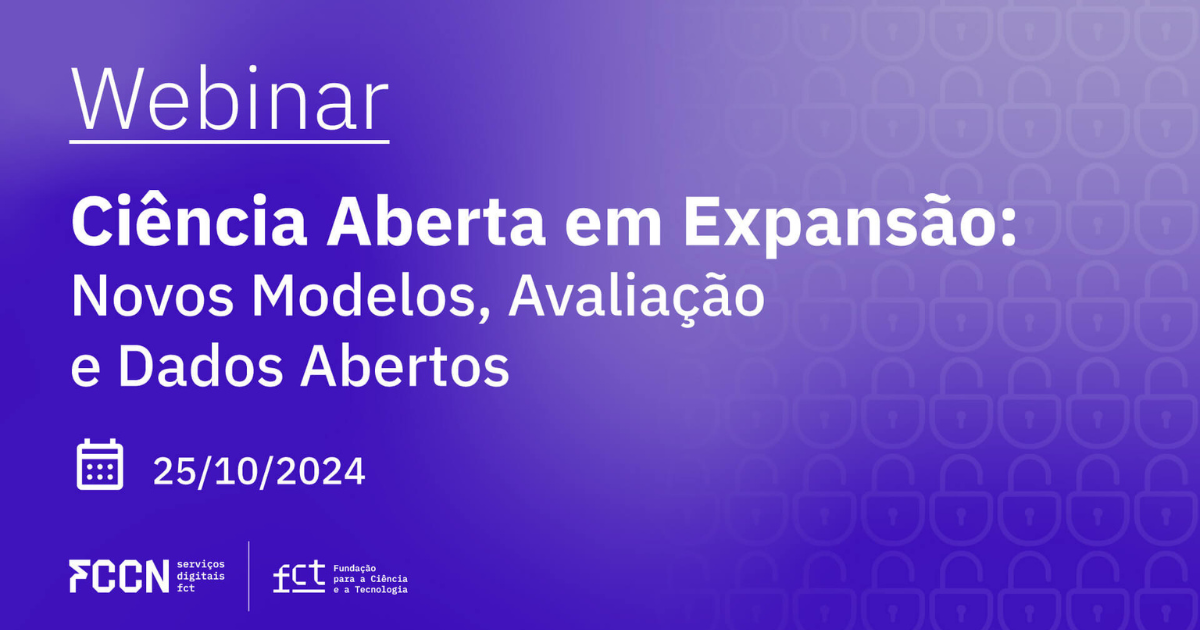Through two projects, the Escola Superior de Música do Politécnico de Lisboa (ESML) is making its students' compositions and performances known. One of the teachers in charge, Carlos Caires, explains the outlines of these two initiatives, detailing the role of the service of the FCCN unit of the Foundation for Science and Technology, Educast.
“In this case, unity is strength".emphasizes, at a certain point, the ESML teacher, Carlos Caires. The phrase comes as a way of explaining the added value of the two projects built by the school to share its students' work online - the Portfolios e Performance and Context. "The students' work wins by the context in which they are inserted, more than when they are scattered on various social networks", explains.
As the name implies, the Portfolio project works as an online repository of original compositions recently made by undergraduate and by undergraduate and master students of Composition. Each work includes a video (or audio), made available through Educast, to which biographical notes on the composers are added, as well as other contextual information. Carlos Caires also highlights the fact that the score "opens on top of the audio or video", allowing "a more in-depth look at the work".
Image Caption: Javier Plaza Peréz analyses the "structural coherence and poetic approach" of Kinderszenen (opus 15), by Robert Schumann
The platform is seen as an internal tool and a way of increasing the notoriety of the students' work, with thousands of monthly visits. But the Portfolio project also fulfils another added-value mission, highlights Carlos Caires, by being exclusively dedicated to and geared towards composition. In this way, it offers playlists organized with a single criterion: the work done by students.
"There are other ways for students to publicise their work, many of them have a strong presence on social networks", recalls Carlos Caires, who points out: "But it is important to have a platform like this, which will attract a more specialized audiencelike programmers, other students or even performers looking for works to perform".
Interpret the Performance
"Performance and Context" - the other ESML project that uses Educast - is based on the same ideas, with one change: the focus shifts from the composition to the performerand is a space for interpreting their practice. "The starting point is the performance", explains Carlos Caires, highlighting that "for this reason, the video and audio record gains a different dimension and relevance".
Through the contents shared on this platform, it is possible to see the performer not only as a performer. Here, explains the lecturer, the performer is understood "as someone who reflects on his practice and shares it".
For this reason, there is a stronger connection to research, being included the links to the underlying dissertations and theses. "This is a reference format for presenting this type of content, uniting audiovisual and textual media", highlights Carlos Caires, revealing that the platform is pointed out as "a very good and innovative solution, even when presented in an international context".
The role of Educast
When it came time to execute the project, several hypotheses for streaming video and audio were considered, explains Carlos Caires: "We wanted a solution with storage space and that did not disperse the content to other locations. The commercial options found involved high prices, whenever the best performance was sought. "Until one of the people in charge of the computer core told me about Educast"., recalls the teacher.
In a short time, Educast was implemented as a solution. "It's been incredible," highlights Carlos Caires, since "the platform is well designed, we can edit the video and it is prepared for all mobile or desktop formats". Above all, he stresses, the Educast team has provided "extraordinary support and availability". The journey does not stop here, highlights the lecturer, since there is still room for growth: "there are possibilities [of Educast] that we are not exploring yet".
